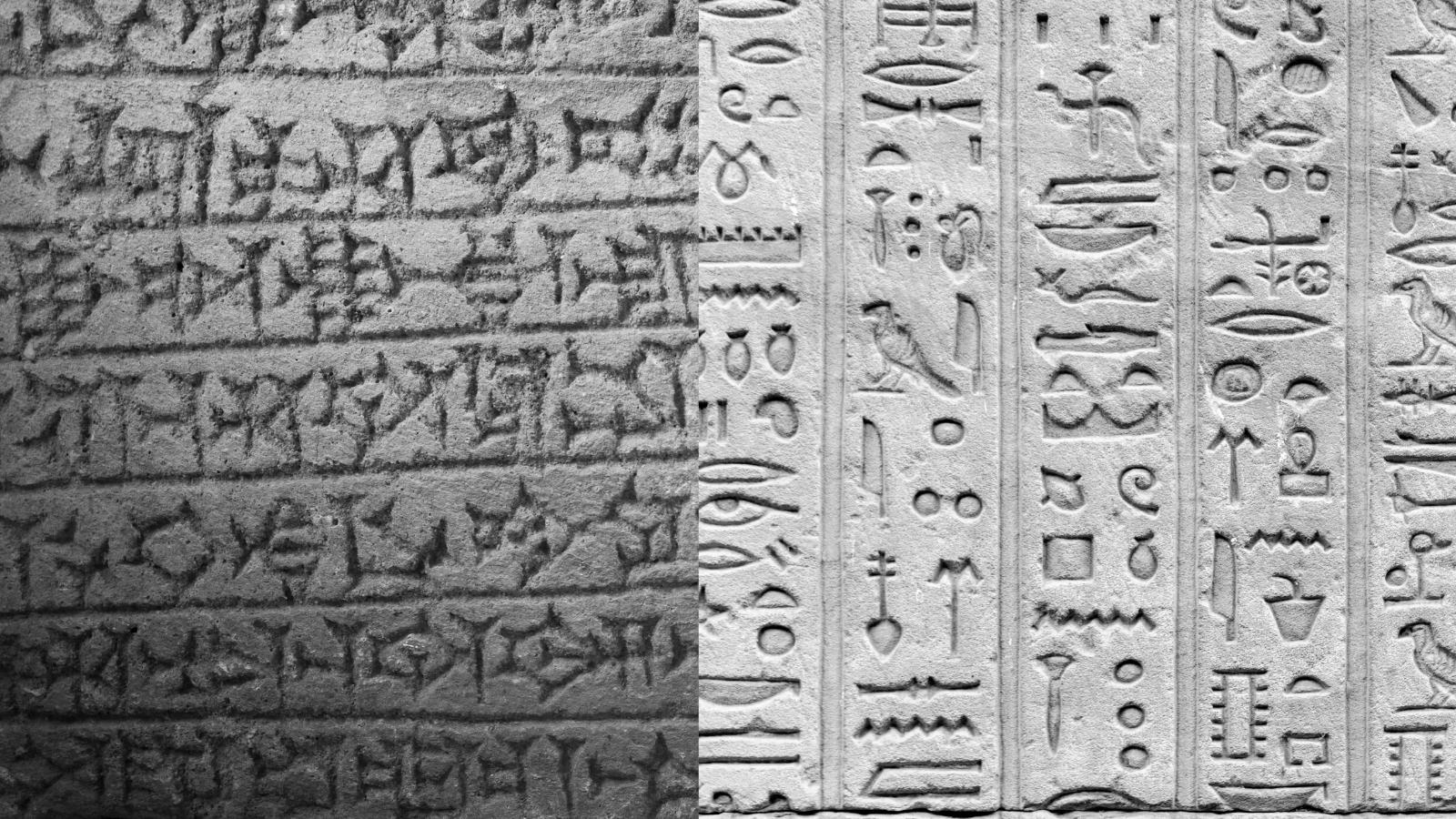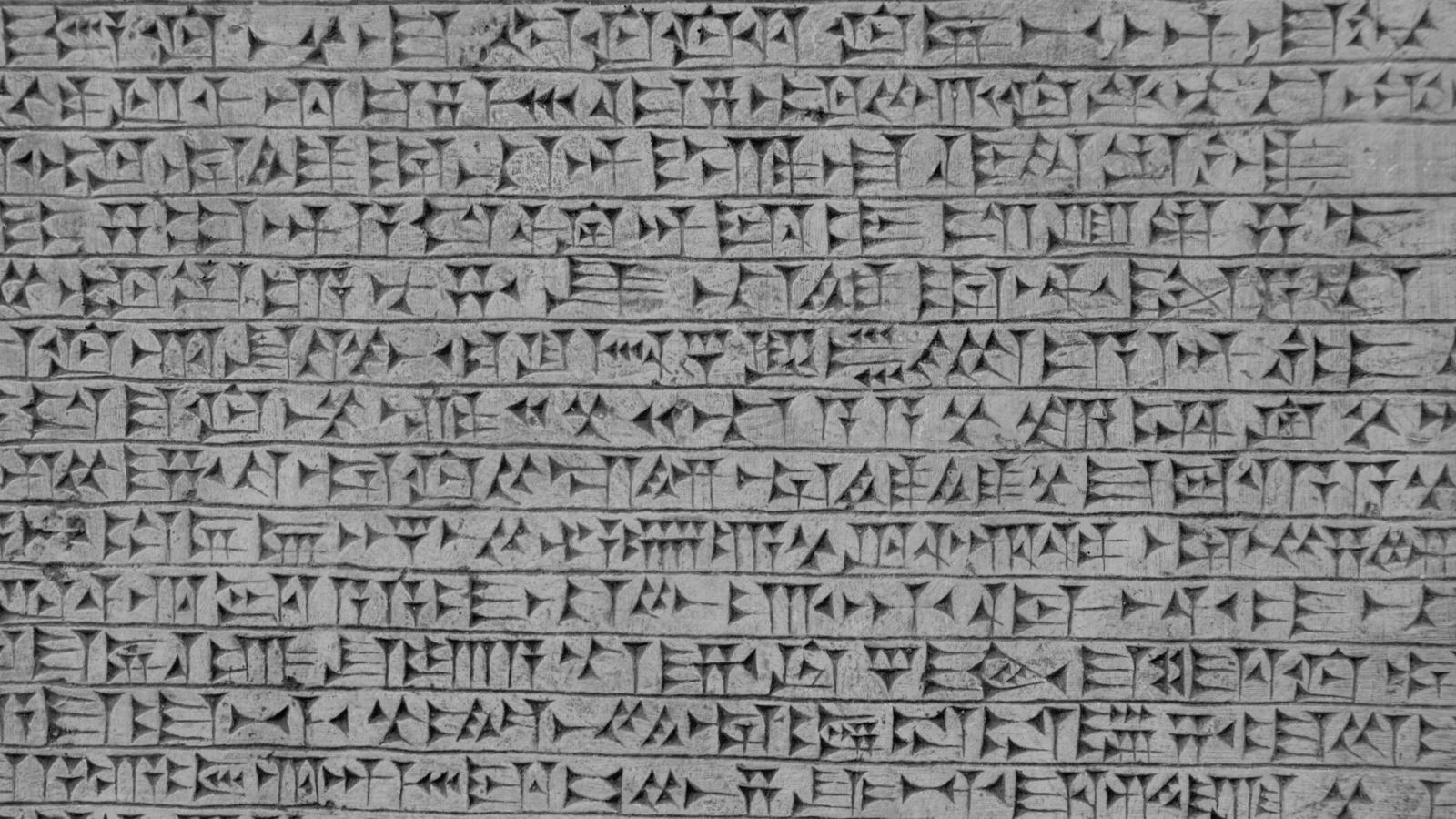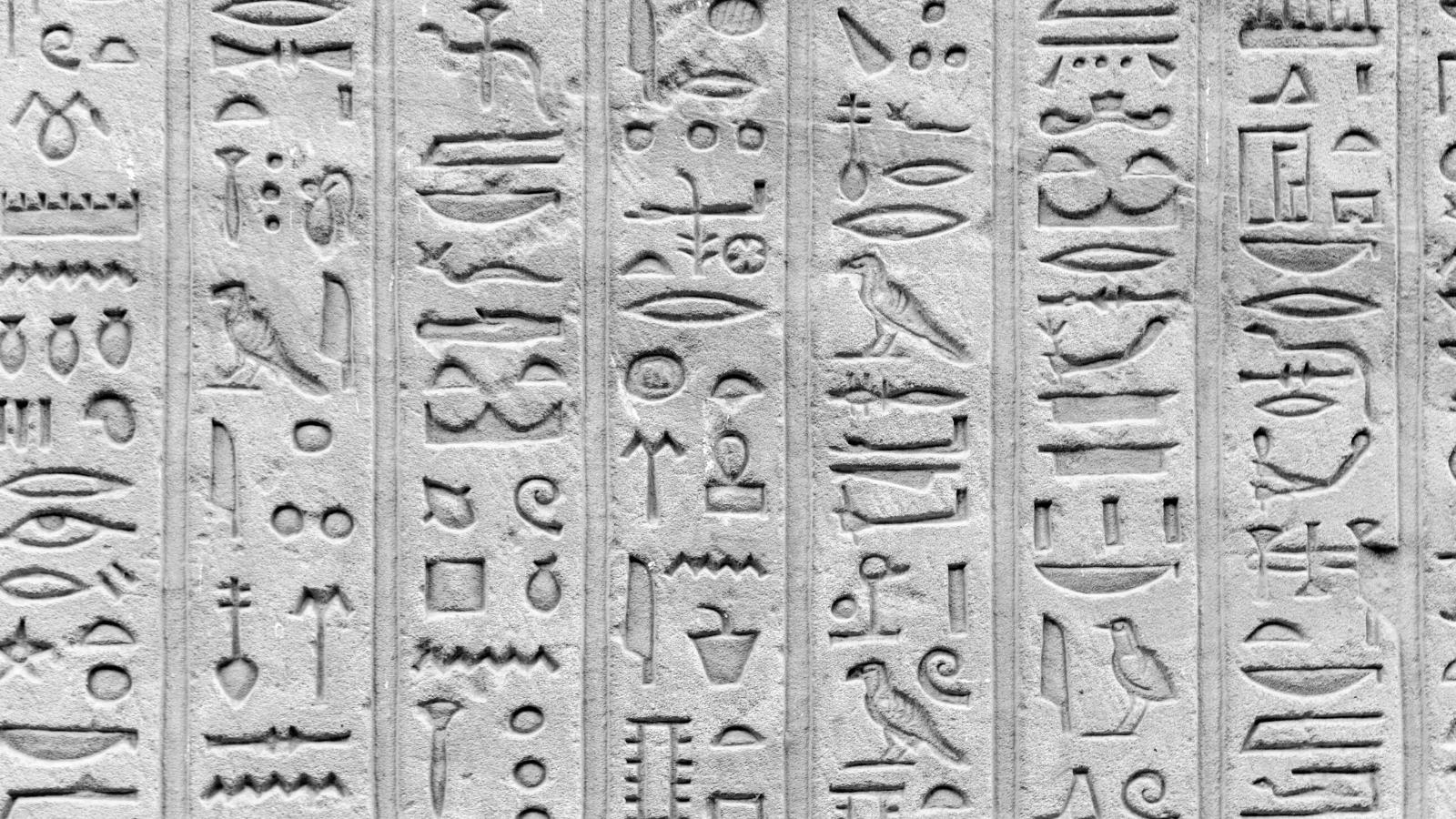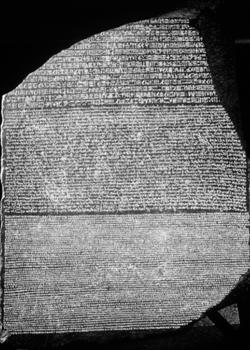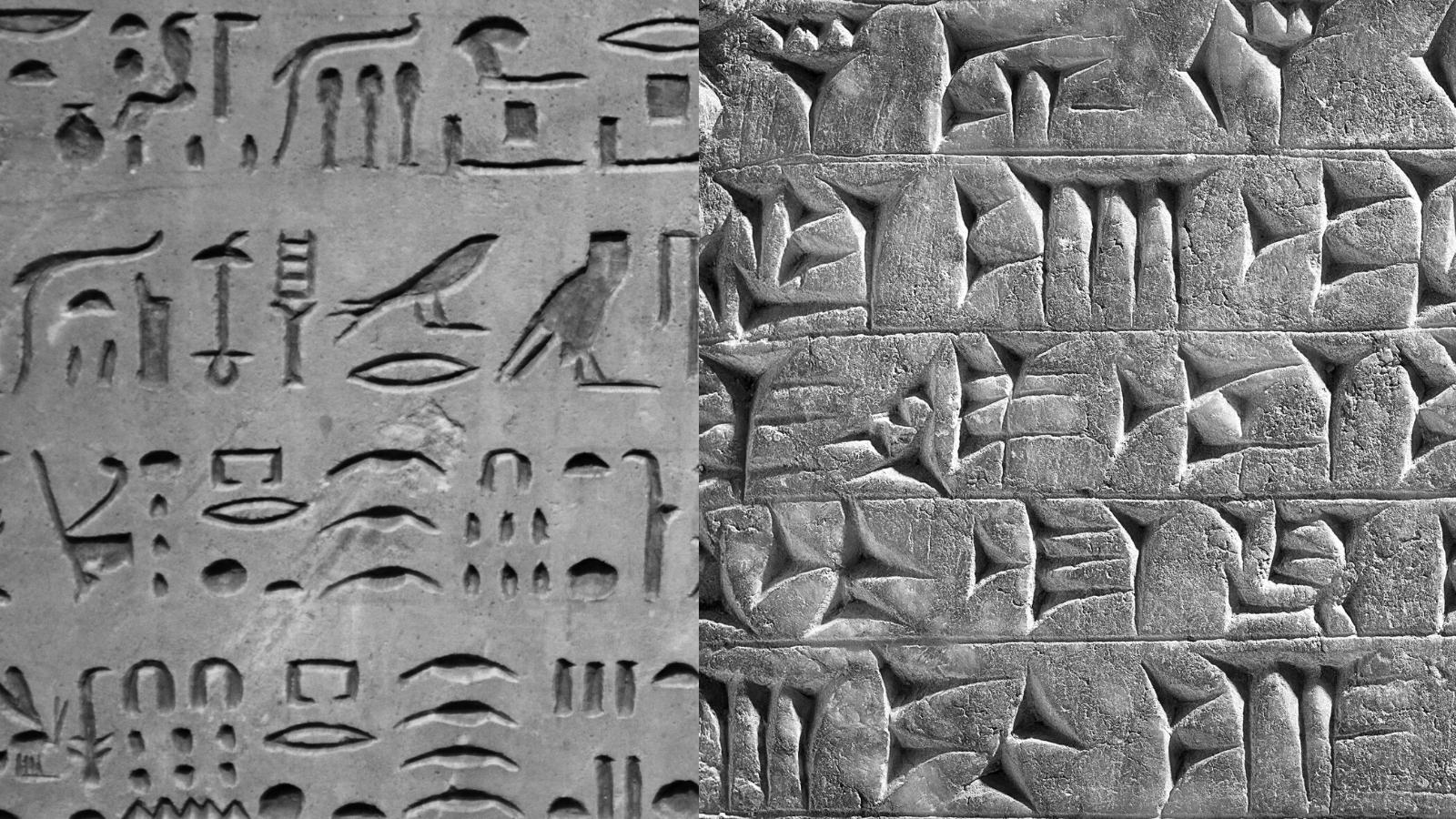Cuneiform and Hieroglyphics: The Similarities and Differences
Cuneiform and Hieroglyphics were two writing methods invented in Mesopotamia and Egypt, respectively. These two writing systems helped record the activities of the past.
Do these styles of writing share some common elements and characteristics?
Read on to discover the similarities and differences between cuneiform and hieroglyphics.
The Origins and Development of Cuneiform
The Sumerians who lived in the region of Mesopotamia were the originators of cuneiform, also known as the Mesopotamia alphabet, which used characters to describe events and to keep records.
The name cuneiform came from the Latin word “cuneus,” which meant a wide wedge. This wide wedge characterized the way the Sumerians drew the characters.
Originating somewhere in the 4th Millennium BCE, the Sumerians derived cuneiform from a system known as proto-writing. Like cuneiform, proto-writing used simple marks to convey ideas and messages. Proto-writing also descended from accounting tokens used in the cultures of the Near East, and these tokens were images of animals combined with numbers.
It was the shape of these tokens that formed the foundation for the cuneiform pictographs. During the early years of cuneiform, the Sumerians drew simple pictographs using a tool known as a stylus. They drew columns in which the pictographs were sketched, and the Sumerians used either stone or clay as drawing materials.
Early Dynastic Era
Initially, the cuneiform system of writing was only in pictures, also called Sumerian hieroglyphics, in which people represented certain countries, gods, trees, etc, with a picture or a symbol.
However, around 2900 BC, the cuneiform developed to become mono-syllabic. Thus, cuneiform now took on the form of words representing the language.
For example, in the Sumerian language, “su” meant hand. Therefore, the image of the hand represented the word or sound “su.” That was how cuneiform became mono-syllabic. This development was easy because the Sumerian language was full of mono-syllables.
Furthermore, the mono-syllabic cuneiform made reading easy. Initially, one pictograph could mean many words, which made reading clumsy as the pictographs in the cuneiform system were about 1,500 in number. This new development reduced the pictographs to around 600 — much less than before.
Determinatives
Determinatives were also introduced to make cuneiform easy to understand. These were symbols associated with certain pictographs to give them meaning.
These determinatives indicated that a particular pictograph meant a king, god, country or animal. The first Sumerian king to have his name recorded in cuneiform was Mebarasi of Kish.
Features of Cuneiform Writing
Later, cuneiform developed from pictographs to linear markings that represented ideas. These markings were made with the use of a pointed stylus. Cuneiform was then written from top to bottom and from the left towards the right. This form of cuneiform was tedious as one could only make one linear marking at a time.
During the 3rd millennium, people invented the wedge-styled stylus. This invention made writing quick and easy and was also responsible for the wedges at the tips of the cuneiform writings.
Several civilizations adopted cuneiform including the Akkadians, Persians and Egyptians. It is widely believed that the Egyptian cuneiform alphabet influenced hieroglyphics. Continue reading to find out more.
The Origin and Meaning of Hieroglyphics
Hieroglyphics were characters that represented words. Scholars believe that Egyptians began using hieroglyphs around 2925 BCE. These characters also represented the objects they indicated or specific sounds. Hieroglyphs was a Greek word that meant sacred writing, translated from the Egyptian words “medu netjer,” meaning the gods’ words.
The Greeks used the word hieroglyphs to contrast the Egyptian demotic system of writing. The first to use the hieroglyphs were the ancient Egyptians. However, the term has come to represent other ancient writing systems such as the Aztec and Anatolian hieroglyphs. These writing systems were very different from each other.
Hieroglyphs Throughout History
Some scholars believe Egyptian hieroglyphs had their roots in cuneiform due to the contact between Egypt in Mesopotamia. One theory that supports this assertion is the fact that cuneiform existed before hieroglyphs.
However, other experts believe that both systems of writing were independent of each other. This is because the use of the symbols in both systems of writing is different.
Egyptian hieroglyphs succeeded the artistic expressions that decorated some vases of ancient Egypt. For example, pots discovered from ancient Gerzeh, which were dated to around 4000 BCE, had these artistic impressions which looked like hieroglyphs. Hieroglyphs developed to become the major system of writing in many other ancient cultures.
What Is the Difference Between Cuneiform and Hieroglyphics?
Though both cuneiform and hieroglyphics made use of symbols to represent ideas, words and sounds, there are some differences such as the use of consonants and writing mediums.
As already discussed, cuneiform and hieroglyphics also referred to other writing systems. This article will only compare the differences between Egyptian hieroglyphics and the Mesopotamian style of writing.
The Use of Consonants in Both Cuneiform and Hieroglyphics
The major difference between Egyptian hieroglyphics and cuneiform is the use of consonants. Egyptian literature used lots of consonants, which was similar to the Semitic languages that developed later. Scholars referred to this style of writing as an abjad.
In Egyptian hieroglyphics, there were consonant signs, words signs, and determiners.
Cuneiform, on the other hand, included vowels; it, therefore, suited non-Semitic languages. The Mesopotamian system of writing was syllabary, which meant that a pictogram could represent two letters, one a consonant and the other a vowel. Thus, words written in cuneiform were easy to pronounce.
The Writing Mediums of Cuneiform and Hieroglyphics
This may not seem important but it is because the writing mediums influenced the appearance of the characters. The tip of the stylus used in writing cuneiform was wedge-shaped, and this gave it its distinctive characters. Also, cuneiform used clay tablets and this made the pictograms appear different.
On the other hand, Egyptian hieroglyphics writing materials were chisels, hammers and brushes.
These tools made Egyptian hieroglyphics more pronounced and colorful than cuneiform. Also, the papyrus and stone writing materials gave the Egyptian hieroglyphics a different appearance.
Another difference is that Egyptians wrote hieroglyphics either vertically or horizontally or both. The Sumerians wrote cuneiform vertically, however, over the years, it was changed to become horizontal.
The Similarities Between Cuneiform and Hieroglyphics
Differences aside, both cuneiform and hieroglyphics shared various similarities. These similarities might confuse the untrained eye, since due to their striking resemblance, people often mistake the two ancient systems of writing for each other.
Both Cuneiform and Hieroglyphics Used Similar Characters
This was the most noticeable similarity between the two. Both writing systems used pictograms and logograms to represent words, ideas and sounds. Pictograms were pictures that represent words while logograms were characters that indicated ideas.
However, note that though both systems used similar characters, the meaning of the characters was different.
Cuneiform and Hieroglyphics Used Similar Writing Tools
Both systems of writing used clay as their writing material. The use of clay gave the characters a similar appearance, especially when comparing the earlier cuneiform writings with hieroglyphs. Later developments saw the cuneiform shift from using pictures to strokes.
How the Rosetta Stone Helped in Decoding Hieroglyphics
Before the discovery of the Rosetta Stone, scholars couldn’t understand cuneiform and hieroglyphics. Discovered by Napoleon Bonaparte’s soldiers in Egypt in 1799, the stone was a fragment of a bigger slab.
The writing on the stone was a message which indicated that the priests of the temples were in support of King Ptolemy. The Egyptians wrote this message in three systems of writing, that is, hieroglyphs, demotic and Greek.
The inscriptions in three different writing styles helped modern scholars to decode hieroglyphics because the modern scholars could read and understand ancient Greek. They used the Greek they were familiar with to decode the hieroglyphs.
Since the discovery of the stone, scholars have gained immense insight into Egyptian culture and civilization.
Who Deciphered the Rosetta Stone?
The first to decipher the Rosetta stone was Thomas Young. Comparing the words in ancient Greek to the hieroglyphs, he was able to decode the first word, Ptolemy. King Ptolemy was a Greek king who ruled ancient Egypt. Subsequently, Jean Francois Champollion realized that the hieroglyphs were sounds of the ancient Egyptian language.
This important step led to his discovery that the Egyptians used hieroglyphs to denote names of non-Egyptian kings. Champollion used this to decode the alphabets of the hieroglyphic system of writing.
Later, he discovered that the writings also indicated the names of Egyptians. Then he used the Coptic language that had already been decoded to translate the message on the Rosetta stone.
Summary
So far we’ve discovered the origins, differences and similarities of cuneiform and hieroglyphics. We’ve also seen how the Rosetta Stone helped in translating hieroglyphs.
Hieroglyphs and cuneiform were ancient systems of writing used by the Sumerians and Egyptians, respectively.
Both civilizations used these writings to keep records and accounts of activities.
Scholars believe that hieroglyphs descended from cuneiform when the Egyptians encountered the Mesopotamians.
The major difference between both writings was the wedge-shaped characters of the cuneiform.
The Rosetta Stone, discovered in 1799, played a significant part in decoding hieroglyphs.
Thomas Young was the first person to decode the word, Ptolemy, from the Rosetta Stone.
Later, Jean Francois Champollion completed the translation by comparing the alphabets of the hieroglyphs to the Coptic Language.
Both cuneiform and hieroglyphs played important roles in developing other systems of writing. Though the Sumerians developed cuneiform and the Egyptians developed hieroglyphs, both systems were the foundations of other systems of writing such as the English alphabet.
